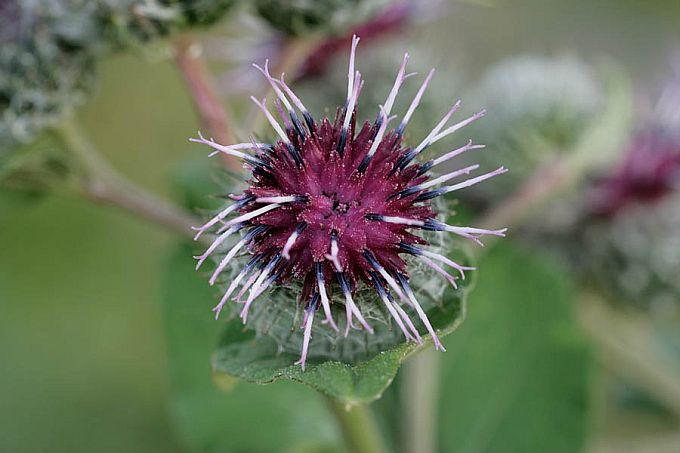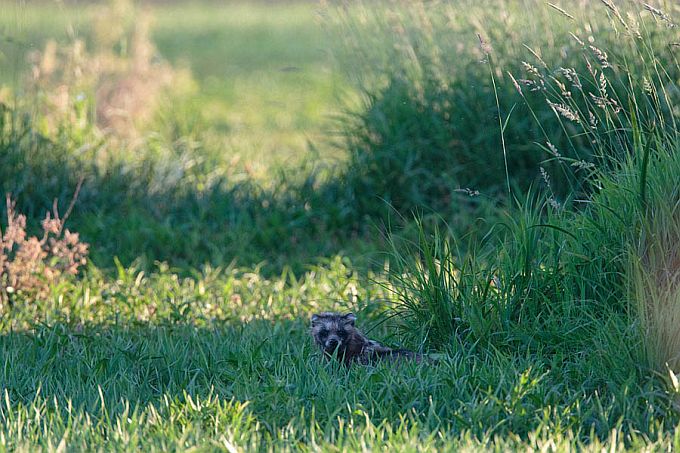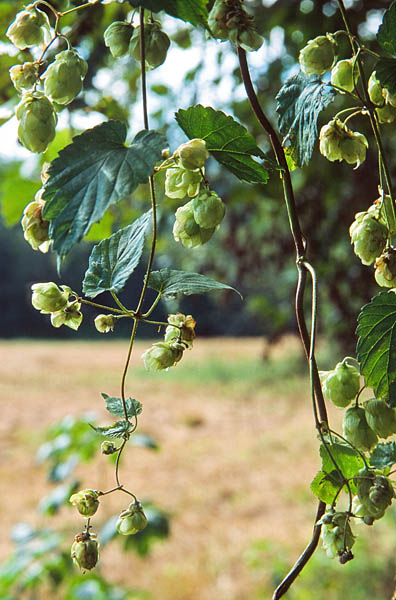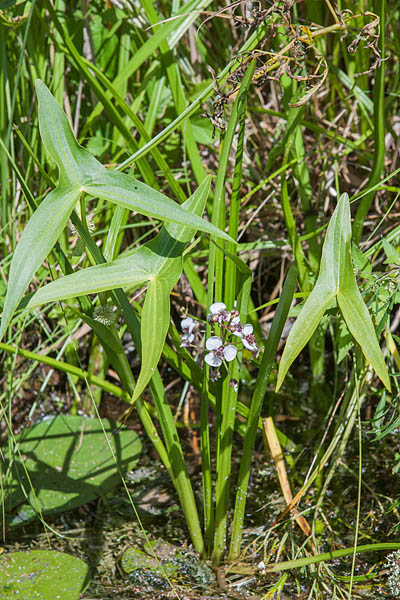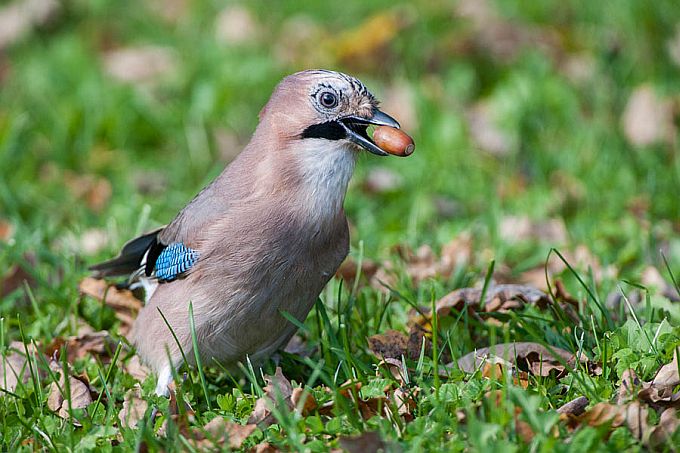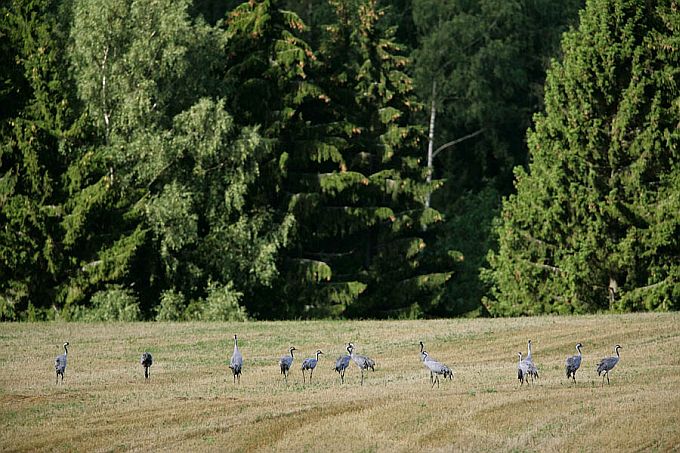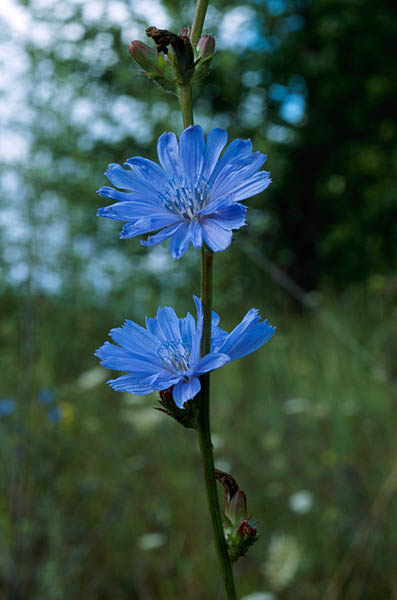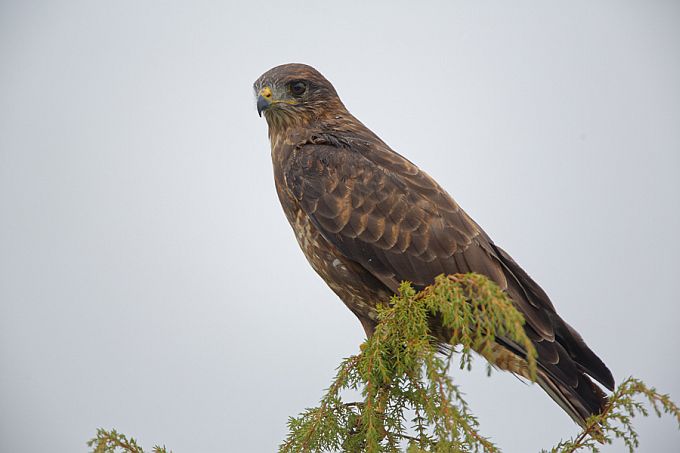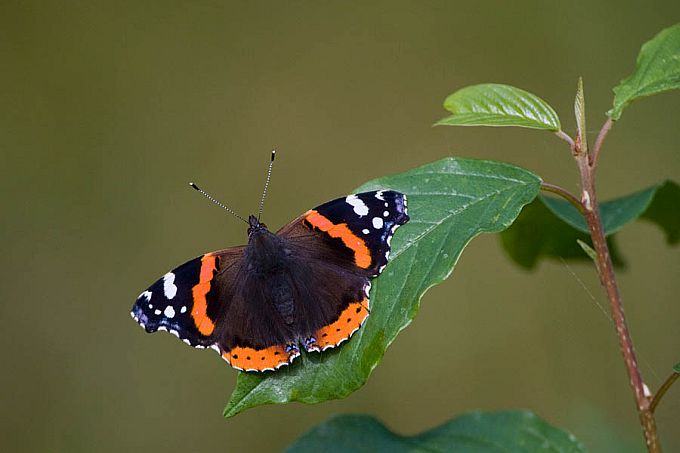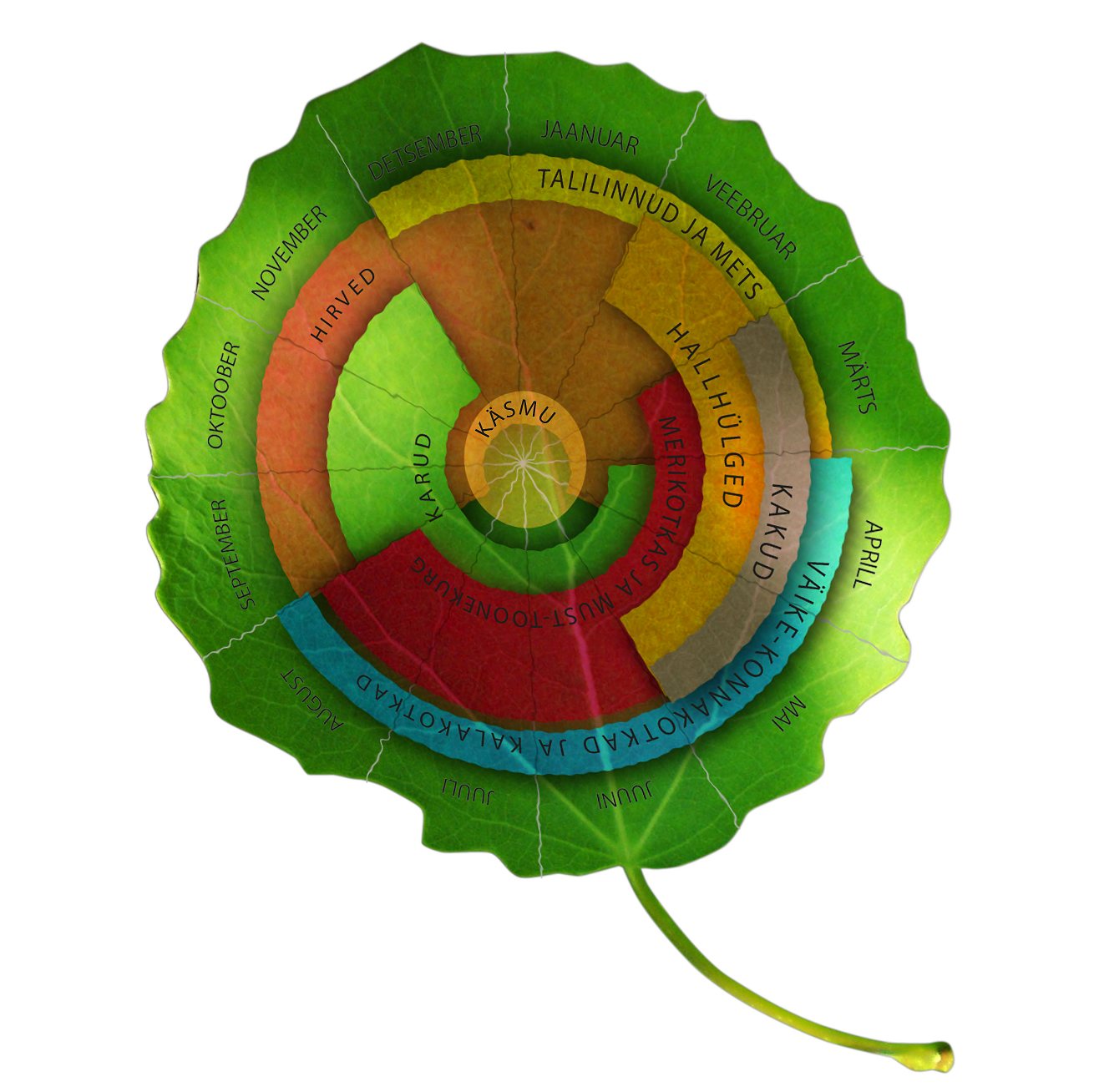Lilac luck
Written and presented in Vikerradio by Kristel Vilbaste
Photo Arne Ader
English translation Liis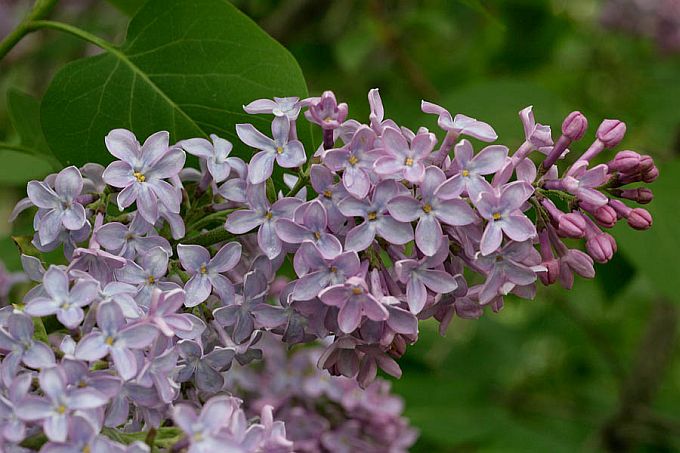
Lilac ( www.loodusemees.ee )
In South Estonia the lilac time has already begun and I cannot pass out through my garden gate without looking for a long time for some lilac luck.
The lilac is a late arrival in Estonia and this custom is borrowed from the westerly folks, and even to them this oriental shrub actually arrived only in the middle of the 16th century.

